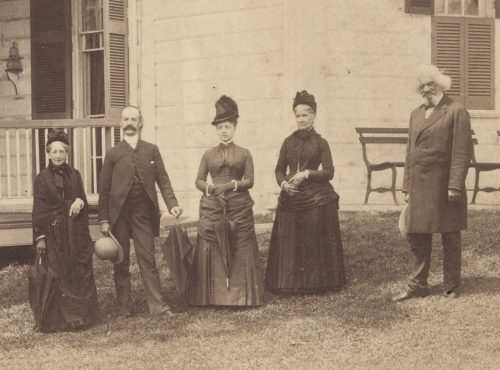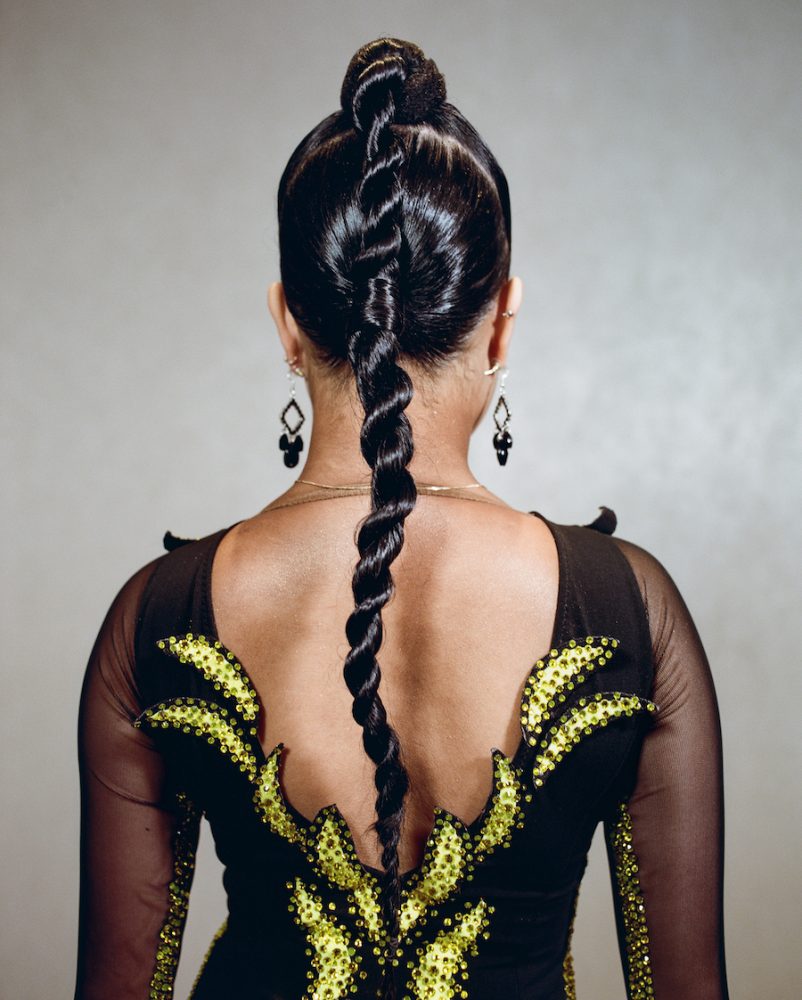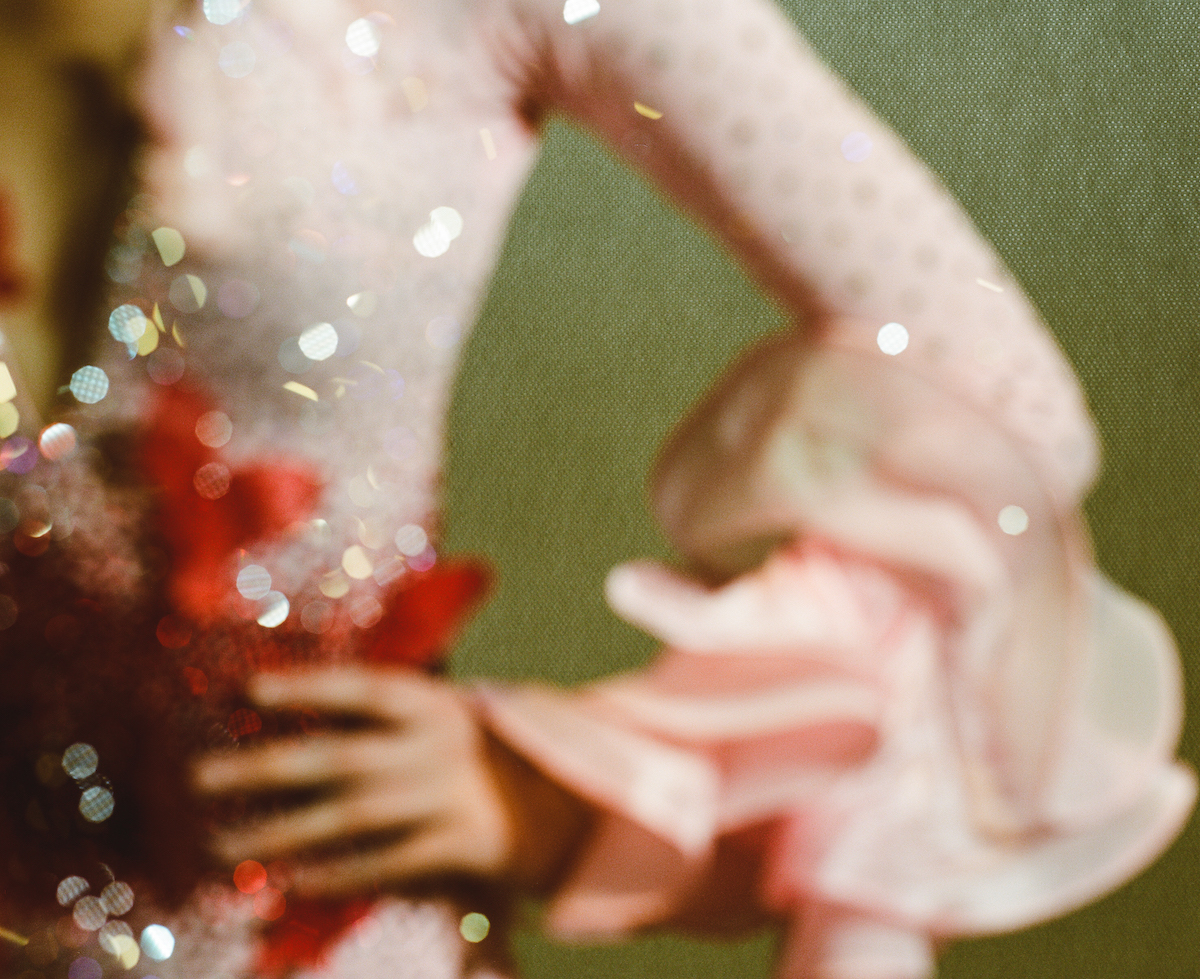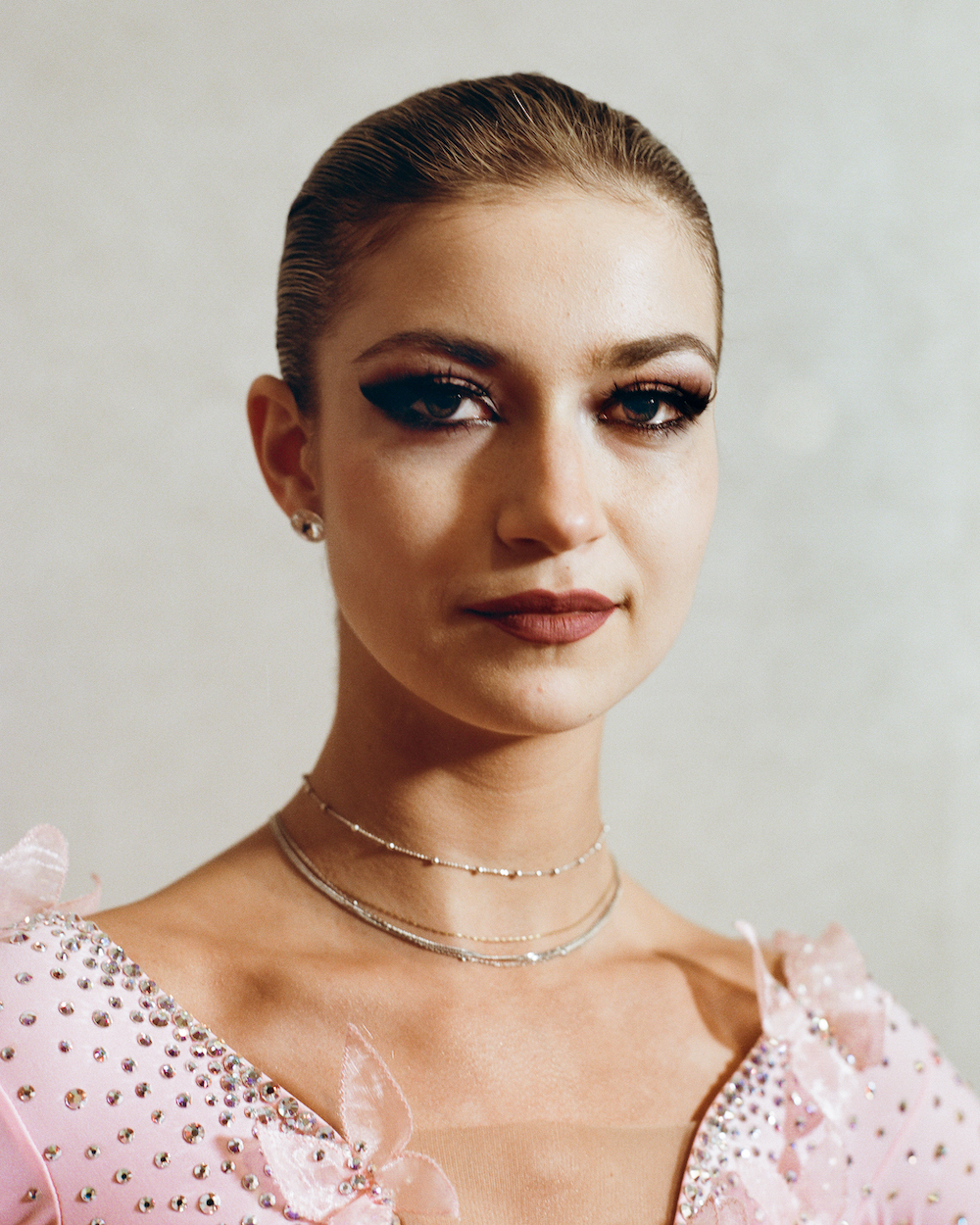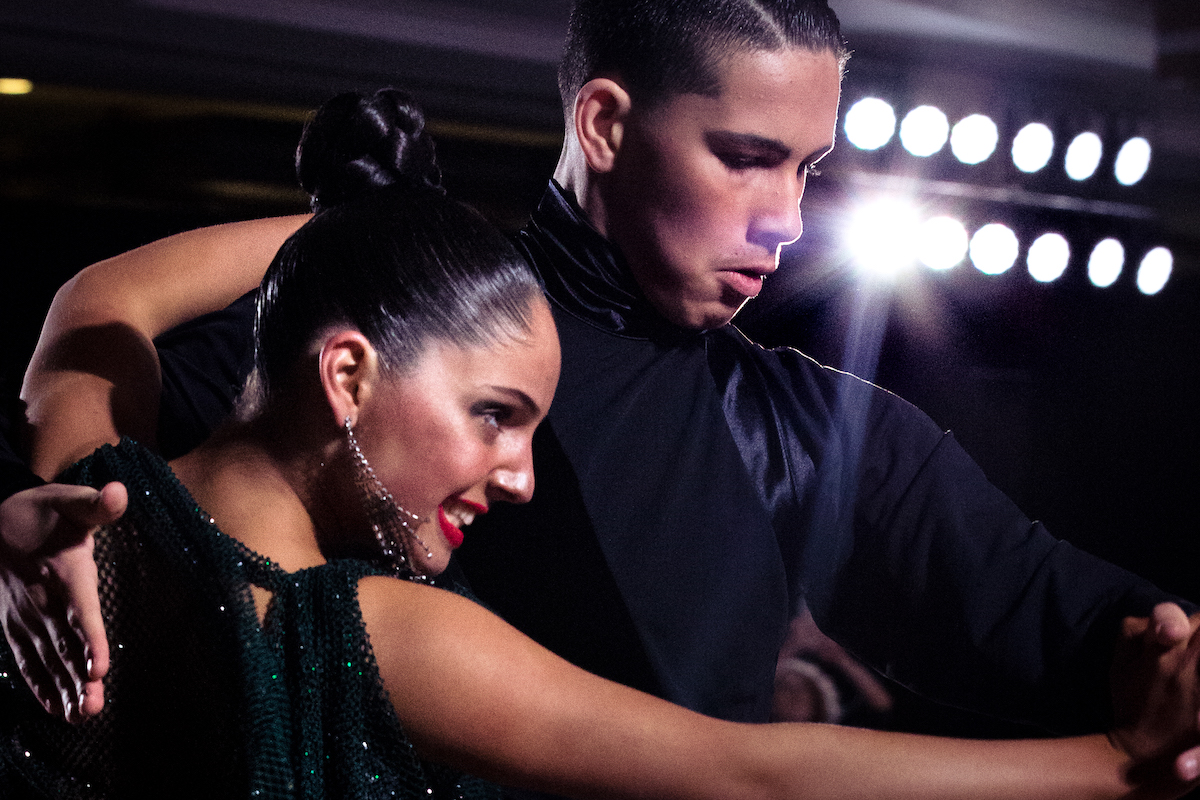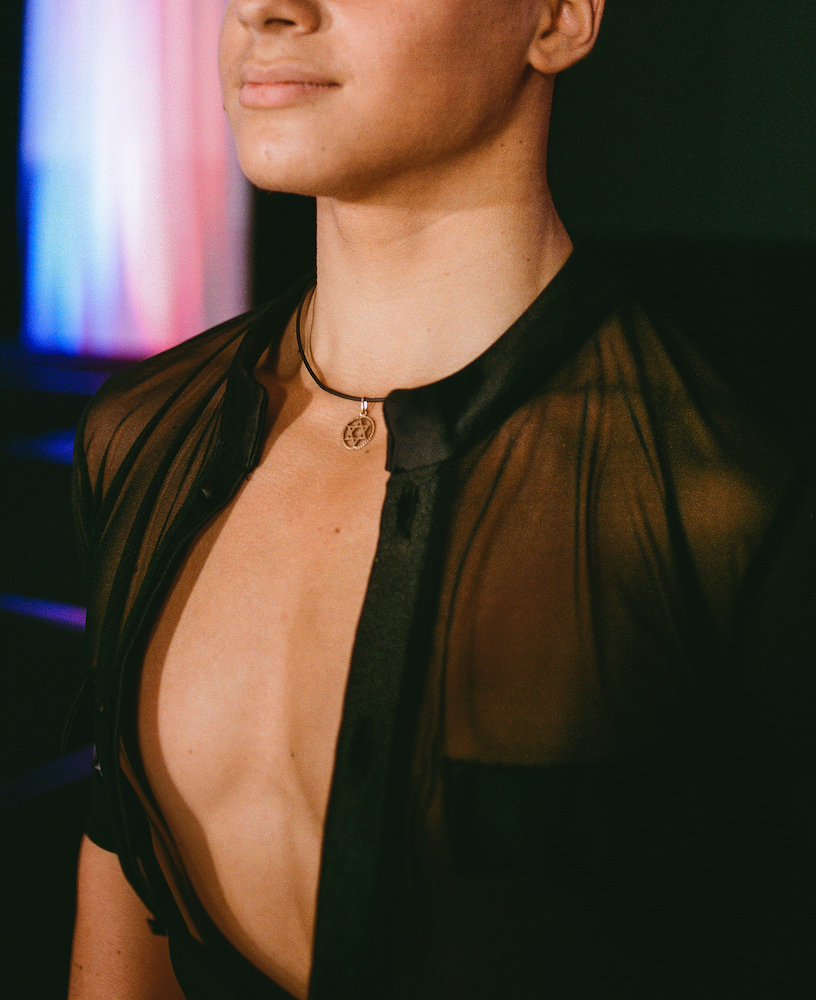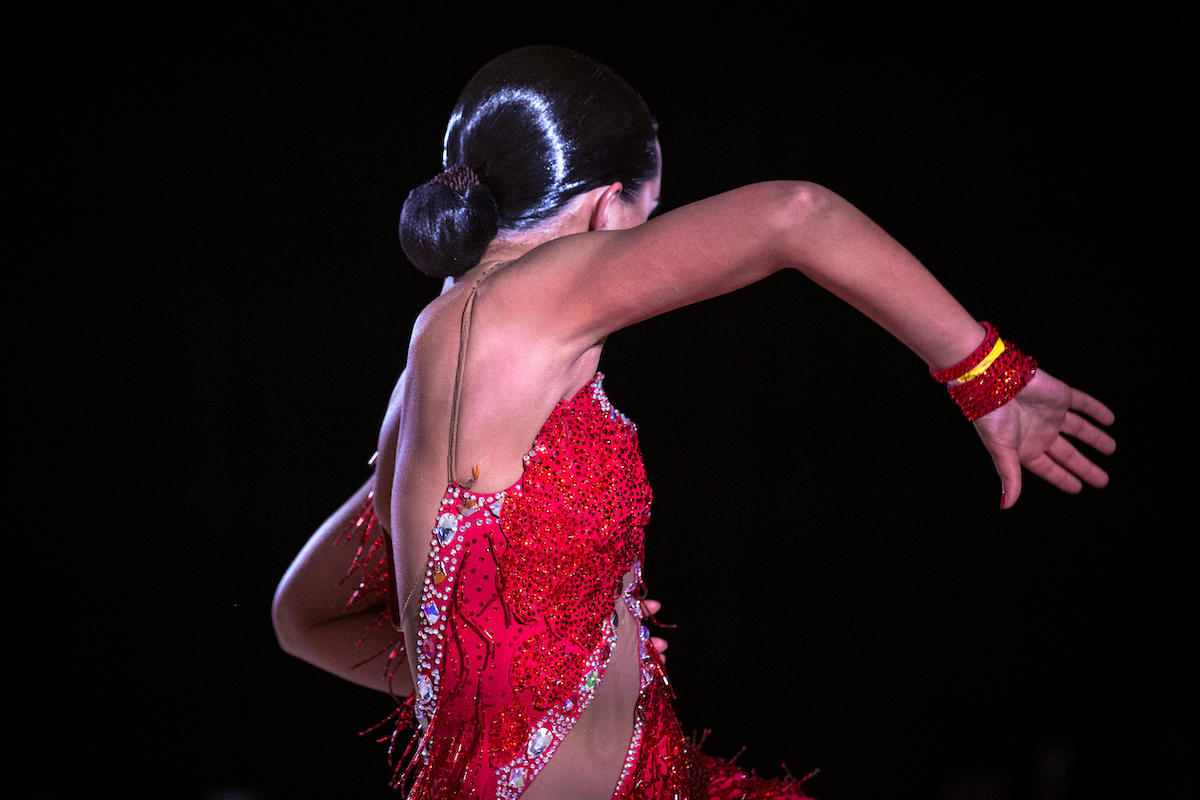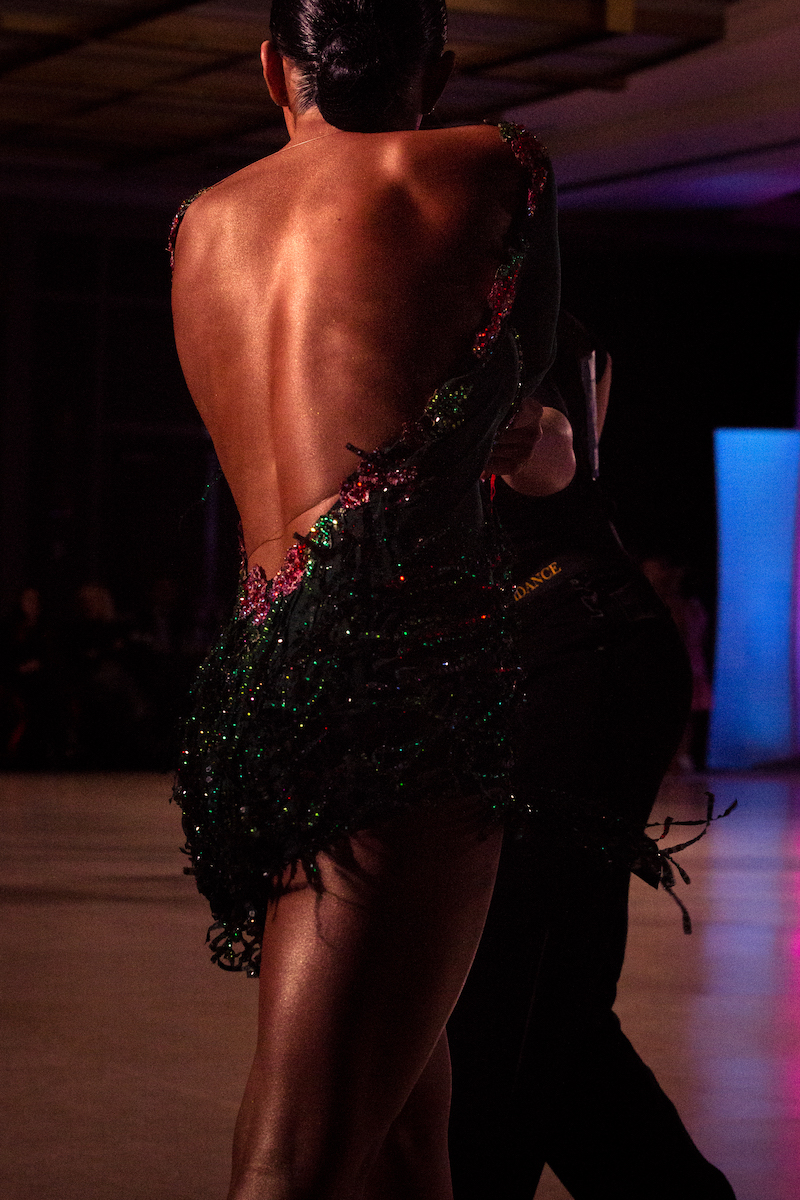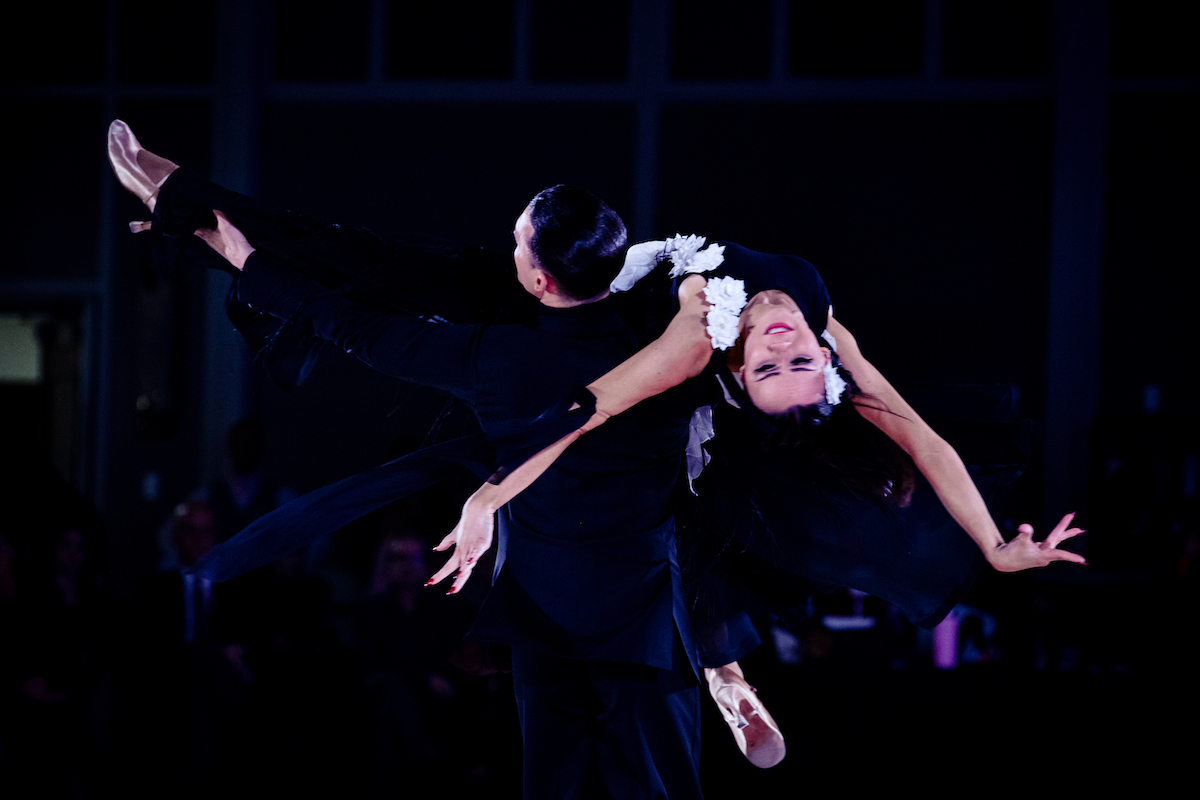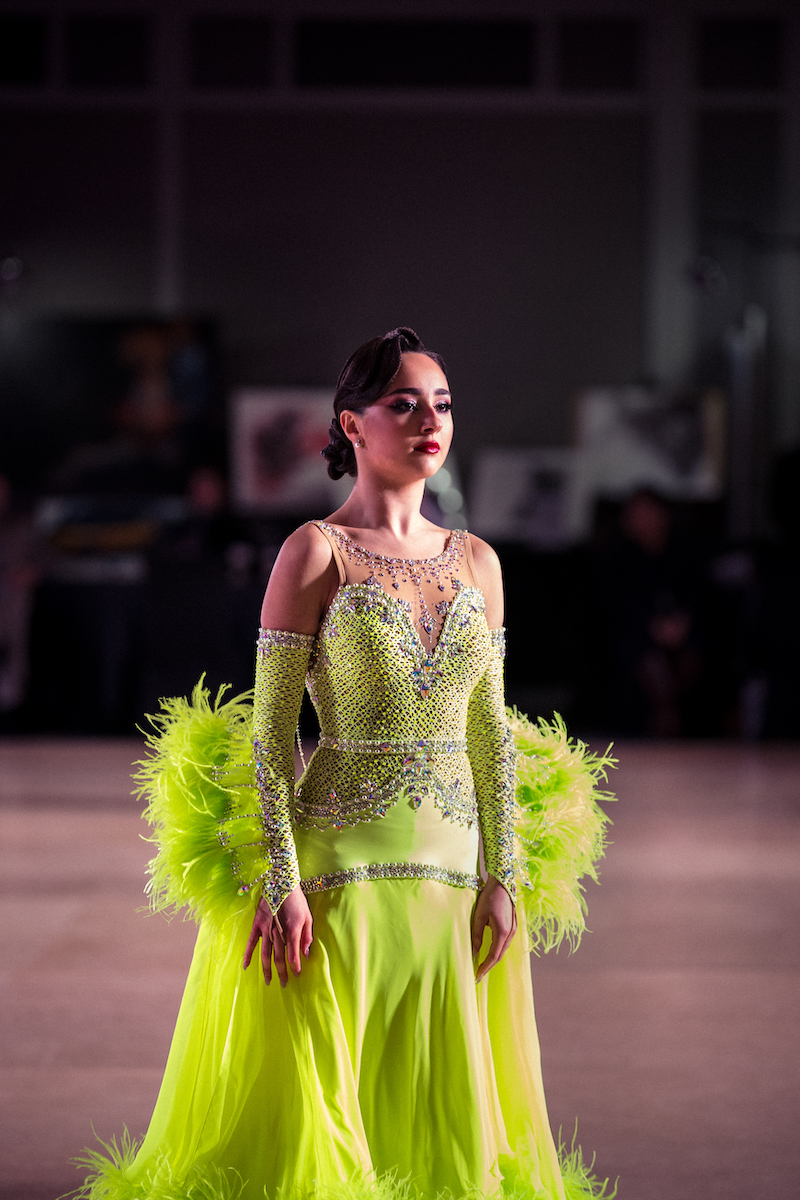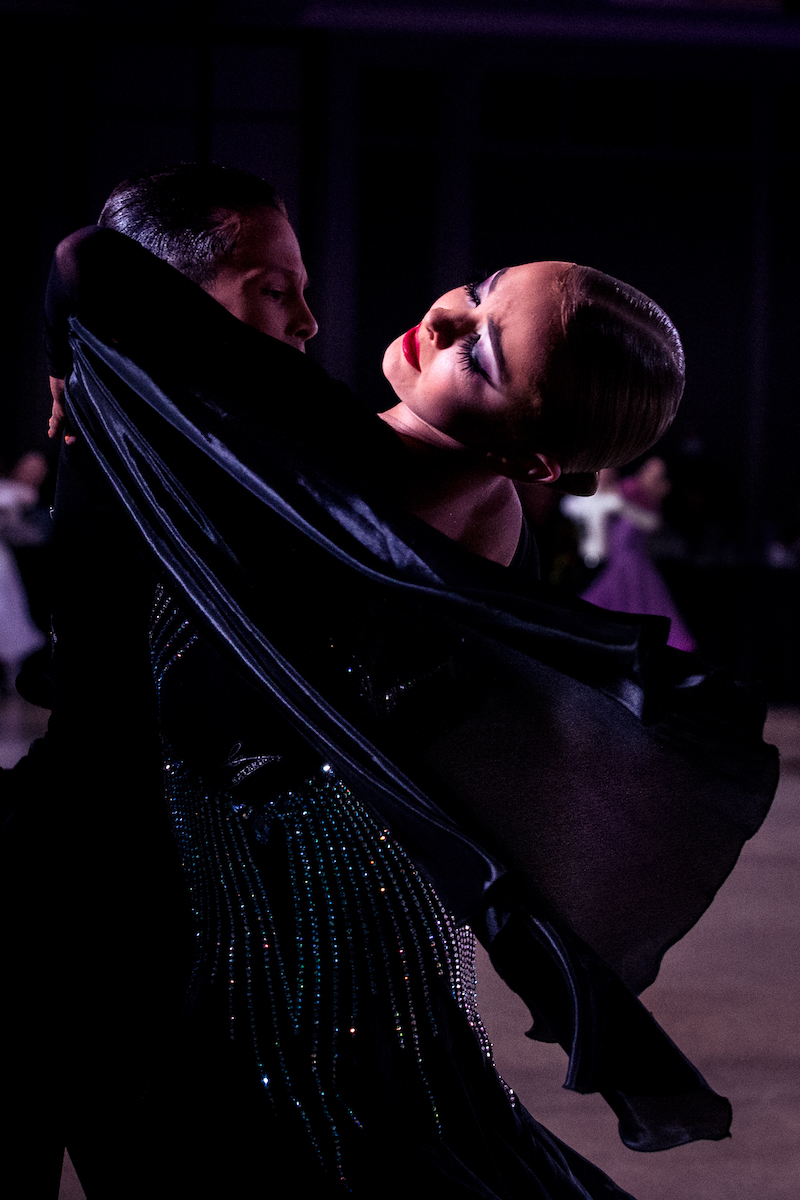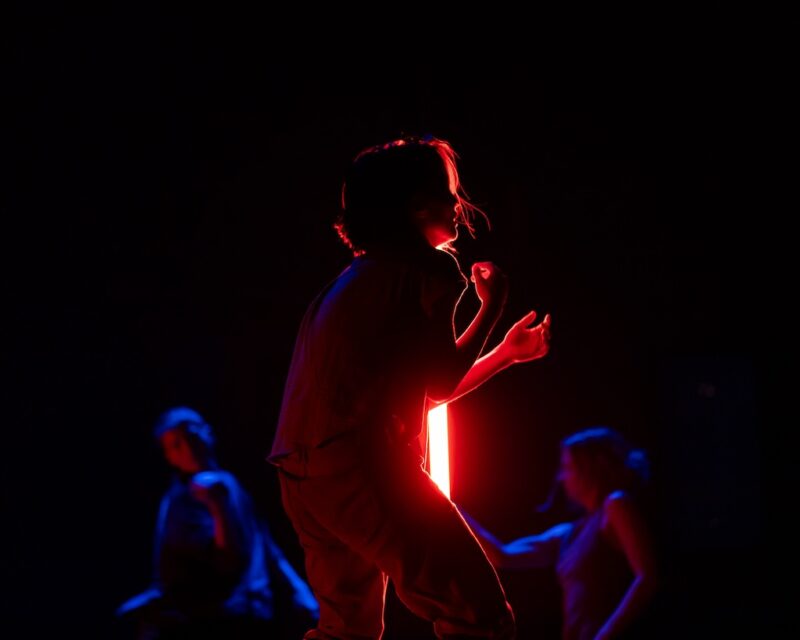During the first weekend of February, the Hyatt Regency in downtown Baltimore staged the Maryland Dancesport competition organized by Amanda Reyzin. A younger competitor named Katia shared some wisdom with me: “In sad times, just dance.” At the time, she was referring to her discipline and dedication to dance throughout the pandemic, but now, only a few weeks later, I imagine her continuing to dance through the news of Russia’s invasion of Ukraine. Many Ukrainian and Russian families were in attendance for the competition alongside people from the Philippines, Thailand, Italy, the UK, Eastern Europe, and across the DMV and tri-state area.
Dancesport is also known as competitive ballroom dancing. In the 1990s, ballroom dance organizations adopted the term Dancesport in a global effort to be a part of the Olympic games. Extreme athleticism is the backbone of this competition that requires one to know how to Rumba, Mambo, Waltz, Tango, Foxtrot, Cha-Cha, Swing, Samba, Paso Doble, and Jive again and again for this two-day affair. At these regional competitions, dance partners at amateur and professional levels, ages 4-81, compete for the chance to win cash prizes. The winners are determined by adjudicators, who are licensed judges experienced at recognizing the accuracy of each “hold” (where hands are placed) and “position” (the spatial relationship between dancers’ bodies), as well as a number of other factors related to creativity, choreography, and energy.
